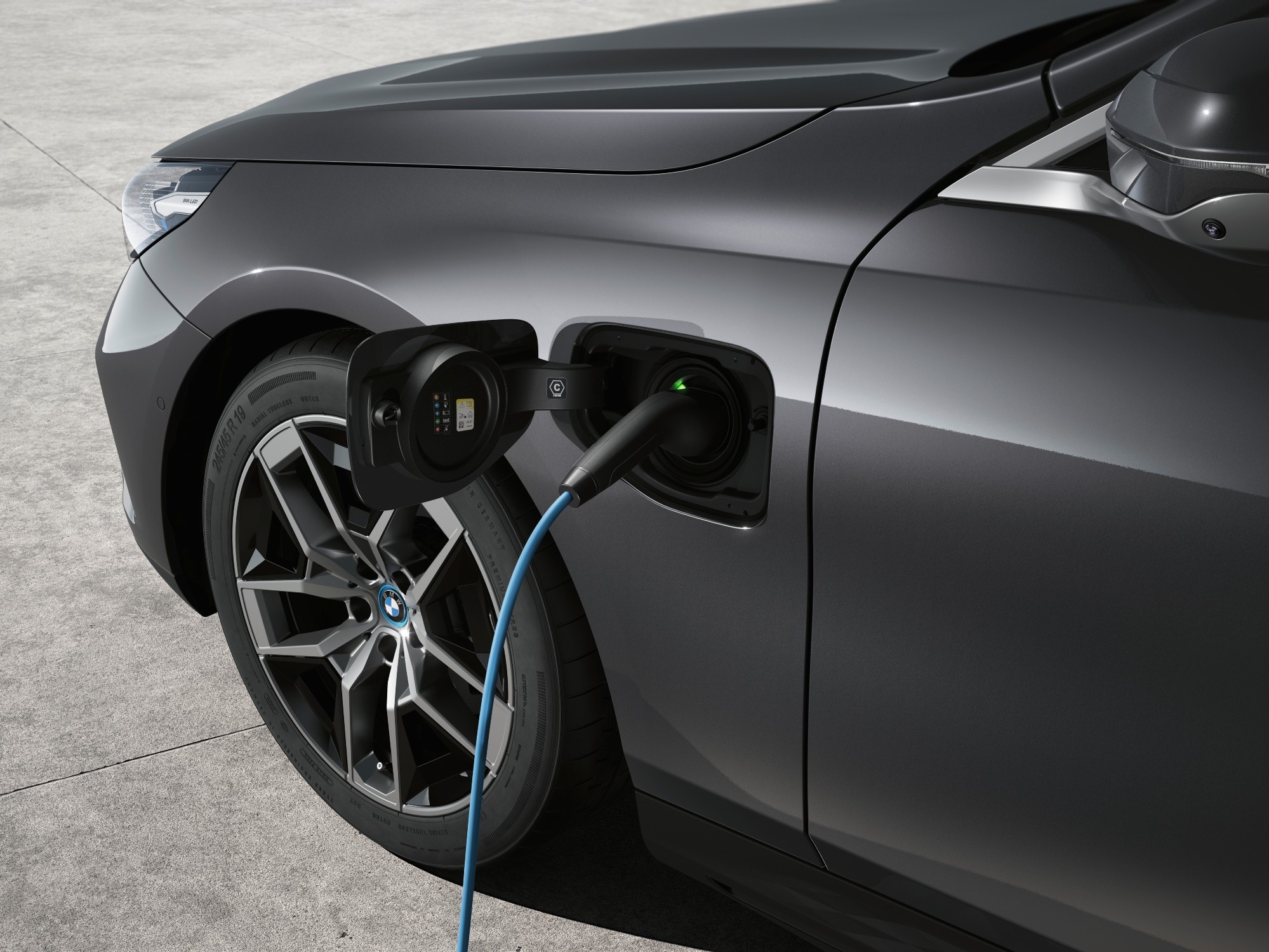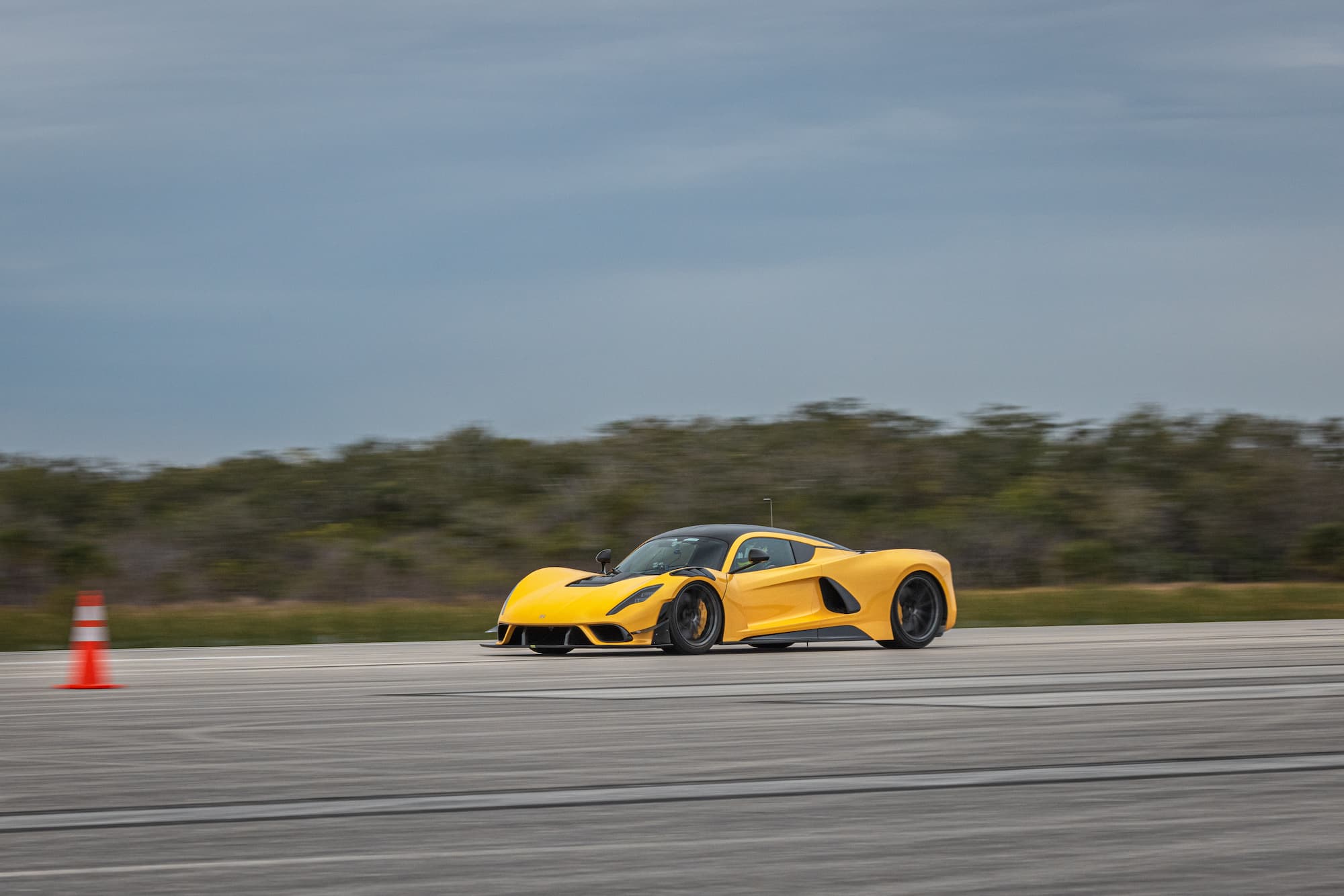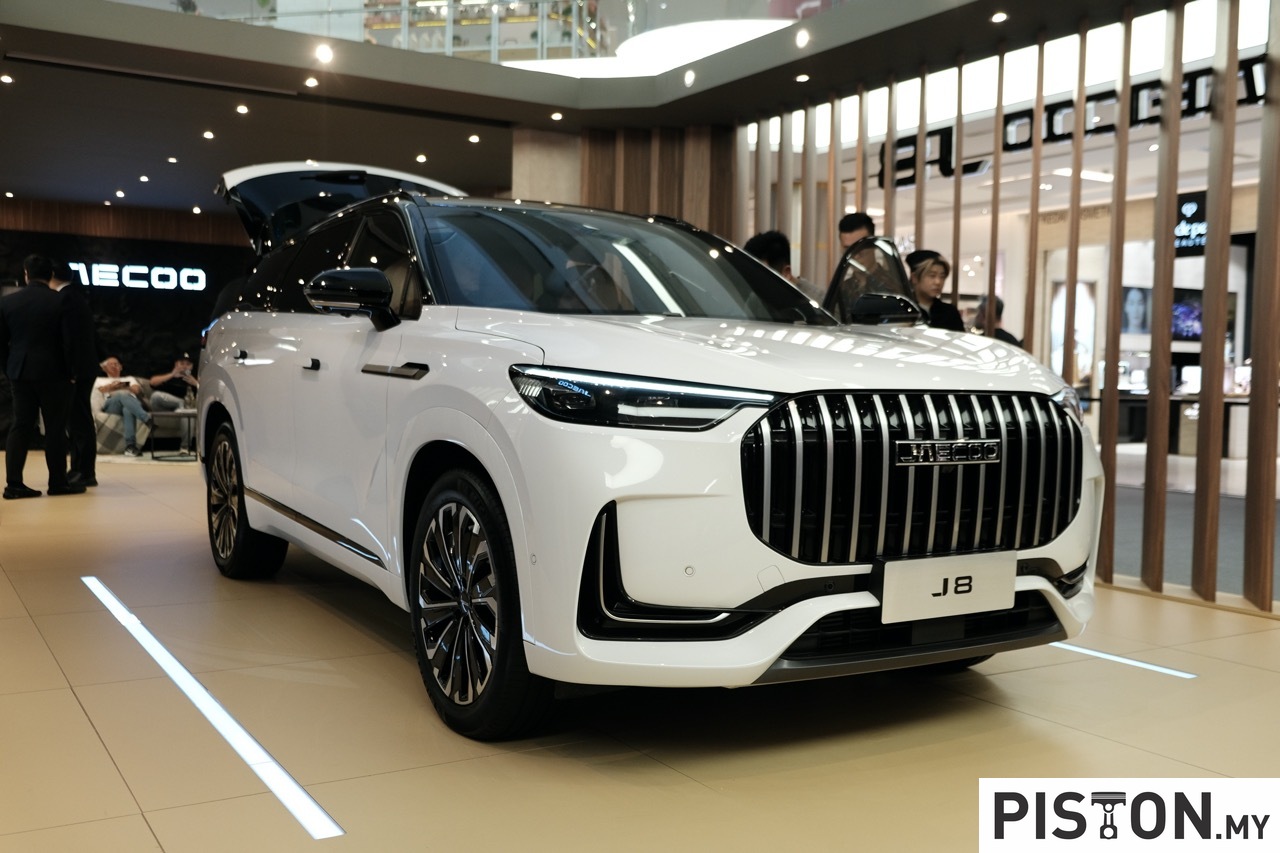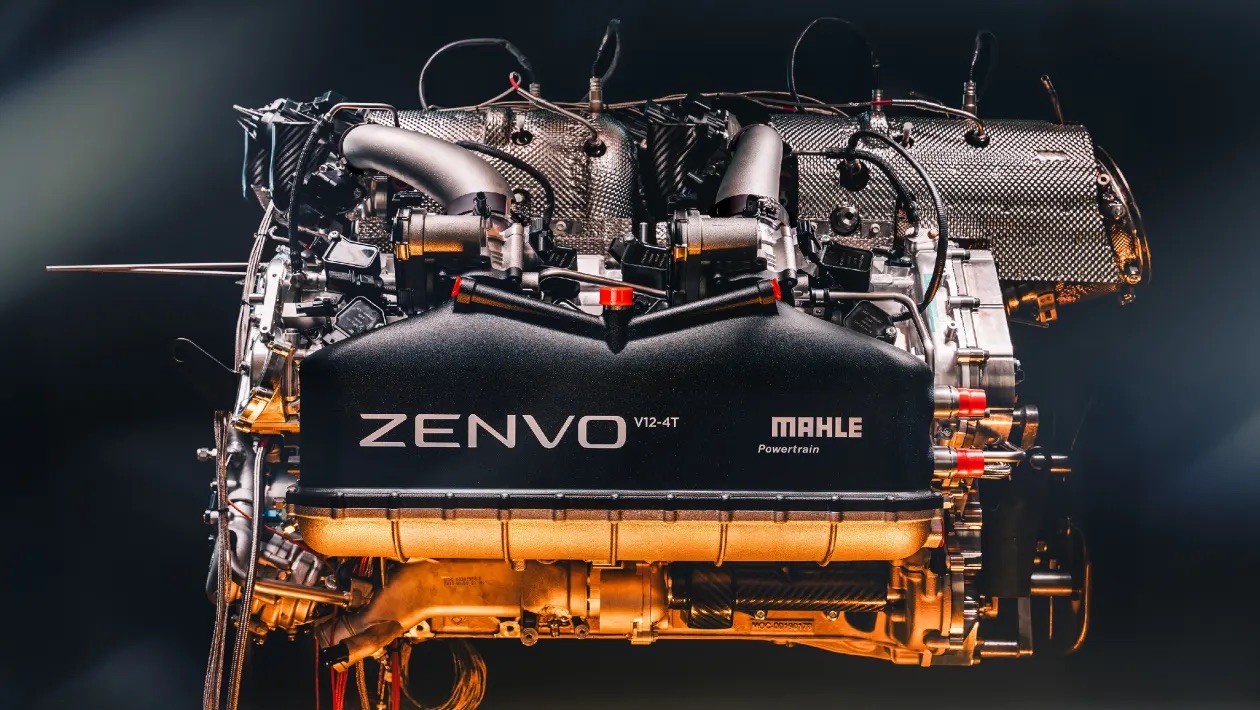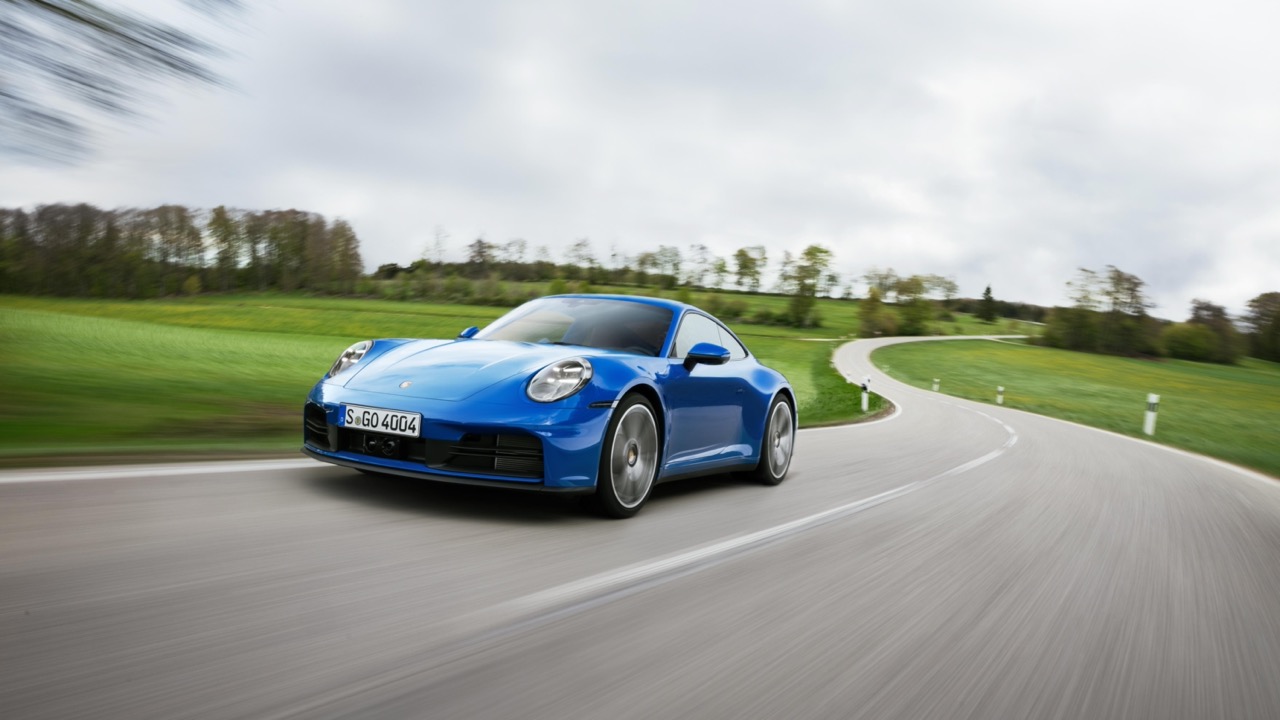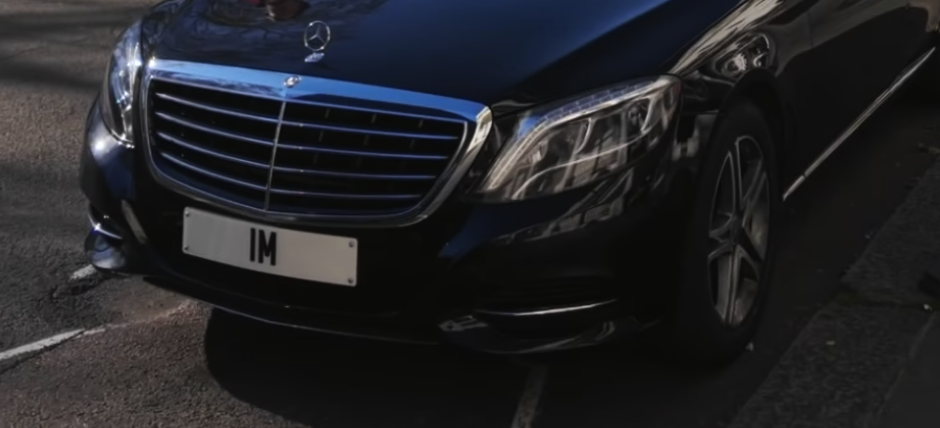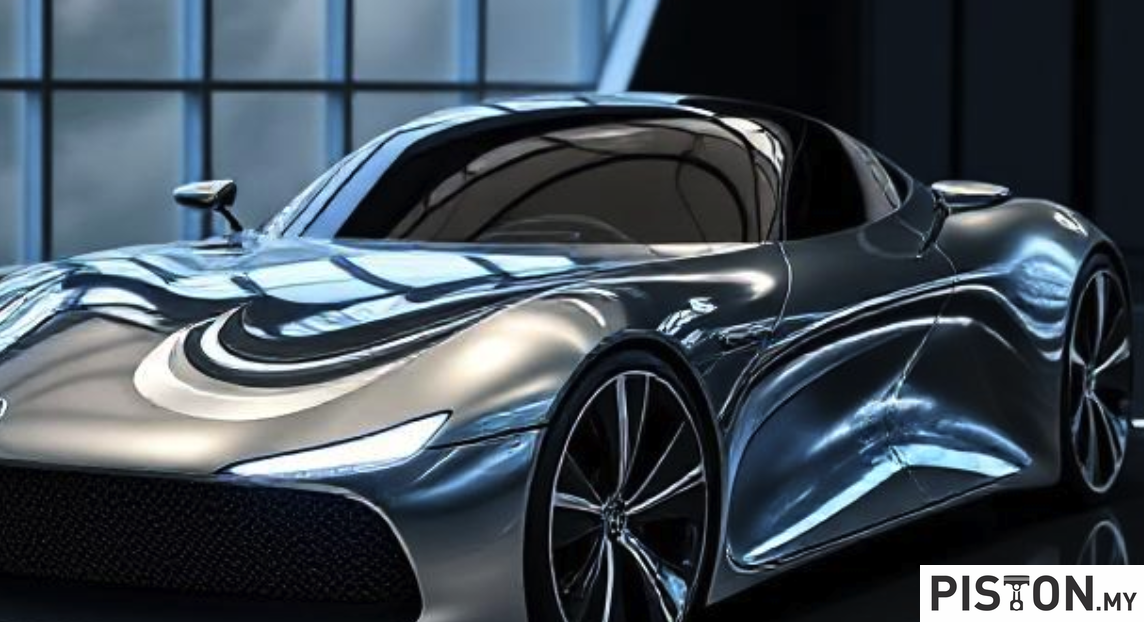It is undeniable that the Malaysian government has introduced a number of EV-specific incentives to promote the use of electric vehicles (EVs), including complete import and excise duty exemptions that are valid through the end of 2025.
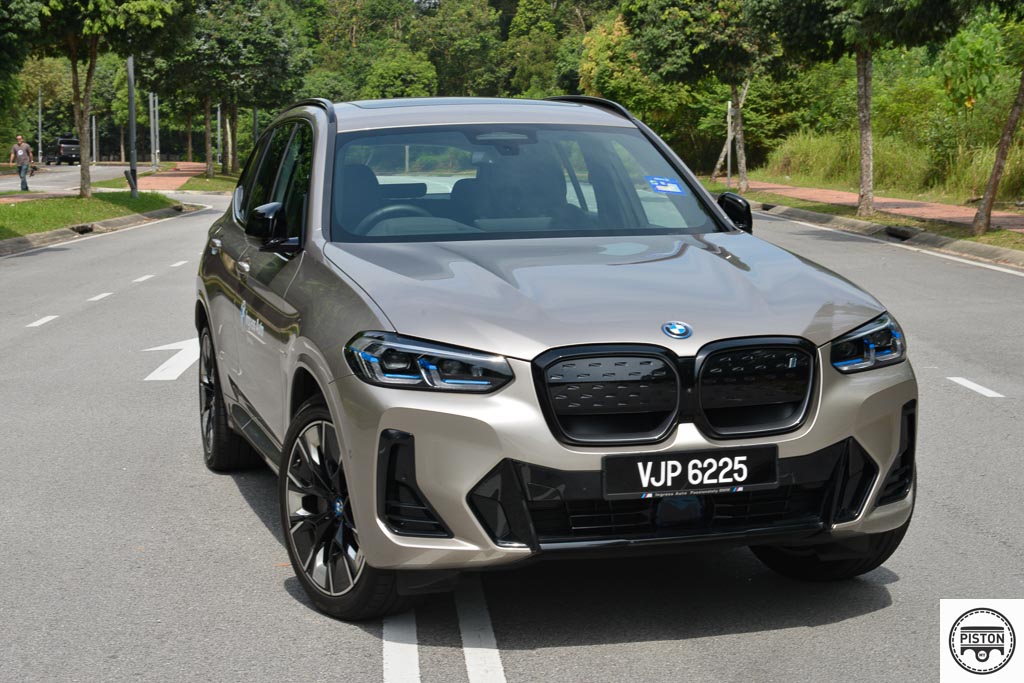
Despite this, EVs remain prohibitively expensive for the bulk of the population for one key reason, which is the price of buying one. EVs presently cost above RM100,000 in Malaysia. This is supposedly caused by regulations put in place by the Ministry of Investment, Trade, and Industry (MITI), not because EVs are costly by nature, but something entirely different.
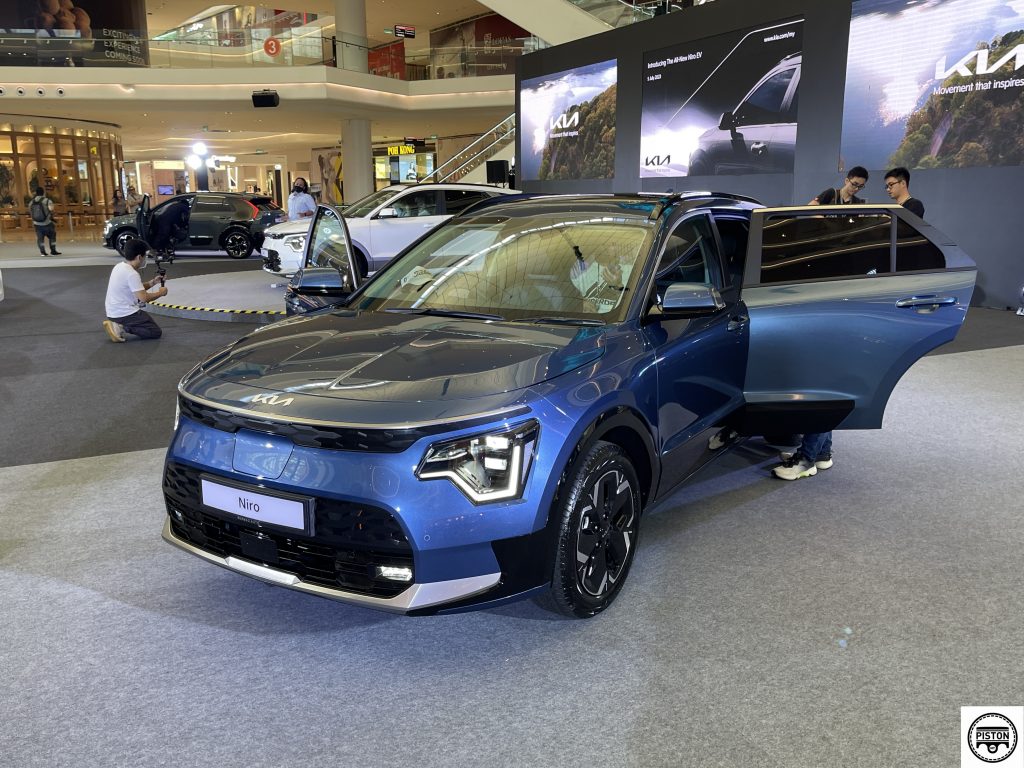
According to a report by SoyaCincau, a new Completely Built Up (CBU) EV may only be imported into Malaysia in accordance with MITI’s Franchise AP policy which states that an EV can only be imported if its list price in our market exceeds RM100,000. This policy will be in effect until December 31, 2025, much like the exemptions from import and excise taxes that we previously indicated.
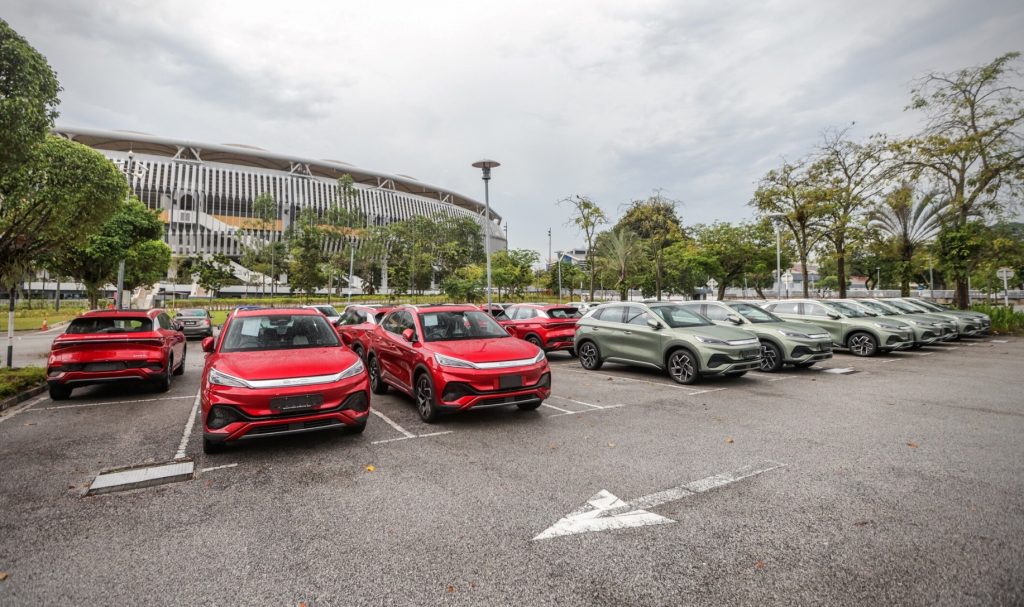
However, you might say that the Neta V is below RM100,000. Yes but the Neta V has an OTR price of RM99,800 without insurance. It’s just short of RM200 of being RM100,000 and honestly, that’s not a big difference. To compare, the identical model costs about the same in Thailand, THB760,000 (RM100,531).
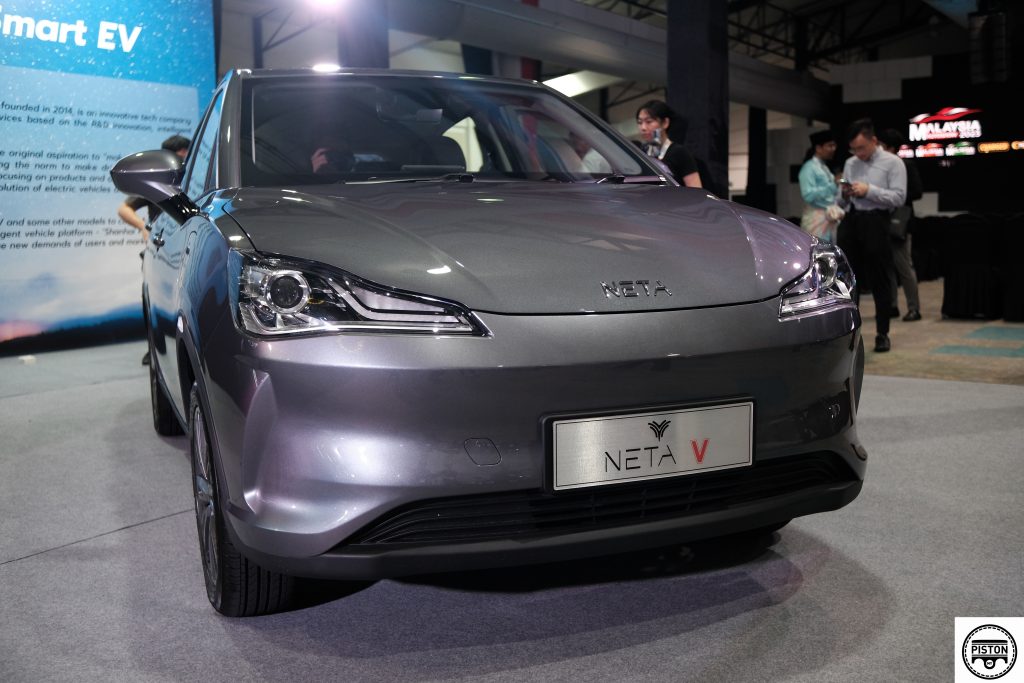
This limitation looked counterproductive in terms of boosting EV adoption in Malaysia, which has goals to be net zero by 2050. The underlying rationale behind the choice, however, is not difficult to find once you think about it.
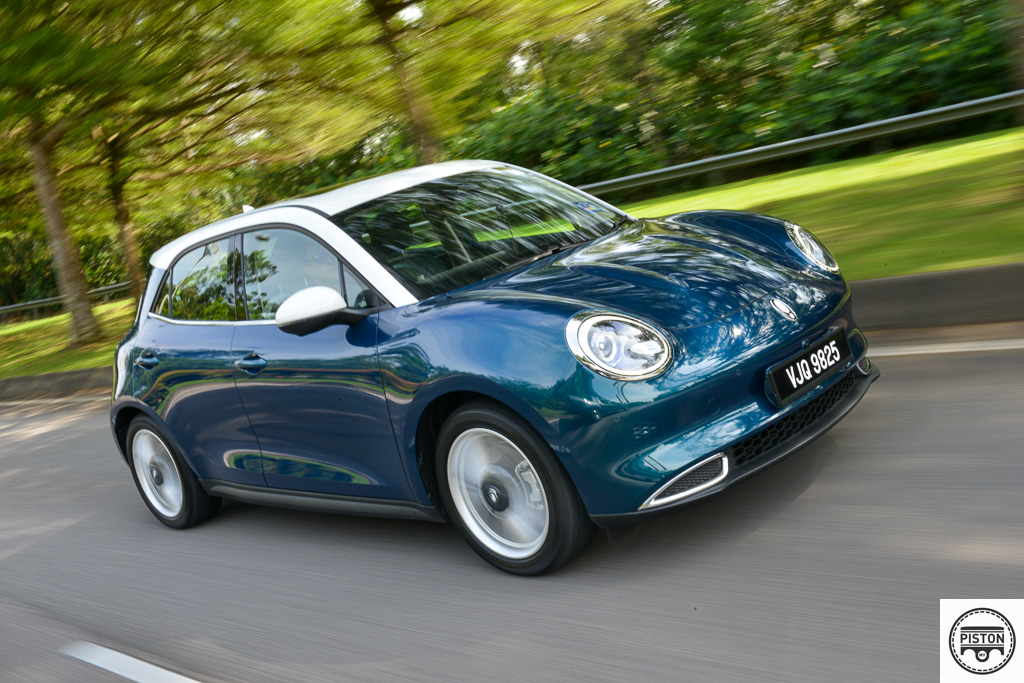
The protection of the regional car sector, which is still very early in its electrification journey, is one of the obvious reasons. In reality, Tengku Zafrul, the Minister of Investment, Trade, and Industry, has backed up this specific defence, according to an interview with paultan.org.
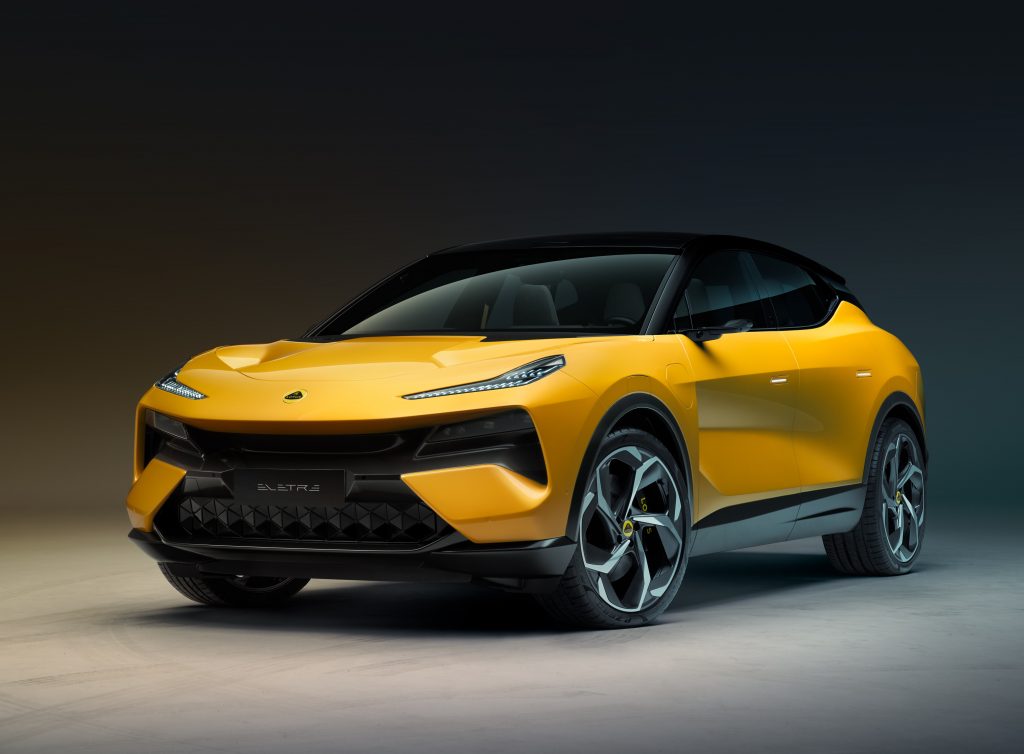
According to the minister’s earlier statement, Malaysian automakers Proton and Perodua are now responsible for making inexpensive EVs for the country’s citizens. However, both of them have just recently begun their transition to electrification, which is how the Proton X90 (which is a mild hybrid) and Perodua Ativa Hybrid came to be.
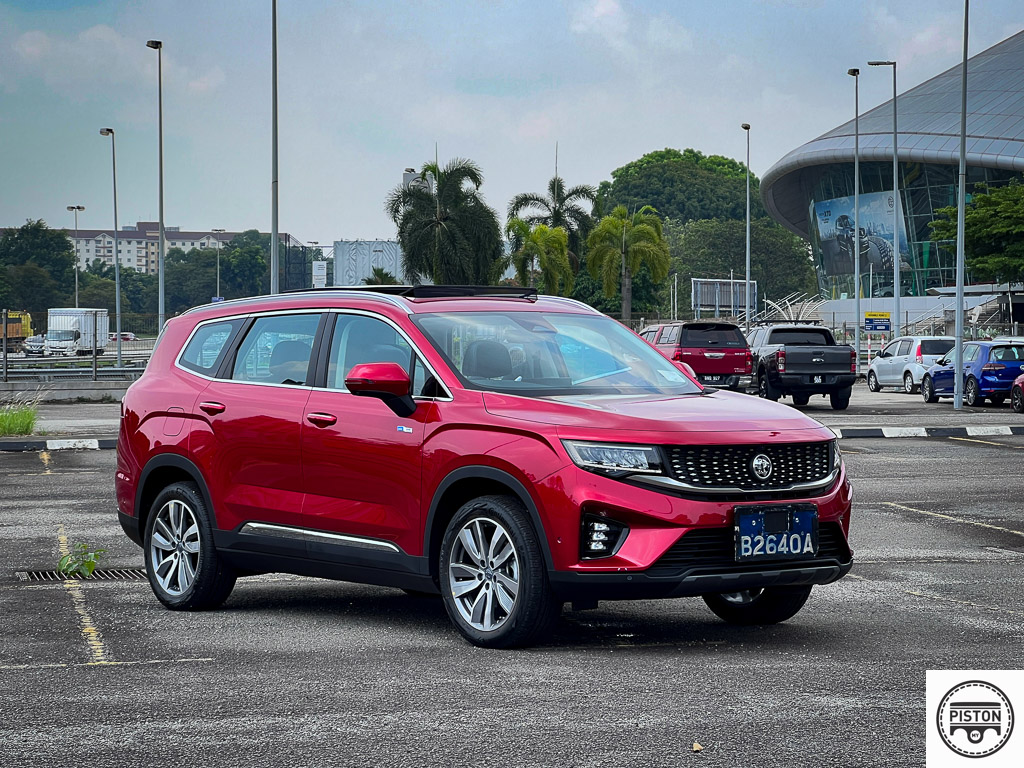
Well, it’s a step towards electrification in Malaysia and we are not complaining because this is not something that can be achieved overnight. Proton has moved forward the anticipated release date of its first electric vehicle (EV) from 2027 to 2025. Roslan Abdullah, the deputy chief executive officer of Proton, stated that the business is now working with its co-parent, Geely, to find a model that would work for the project.
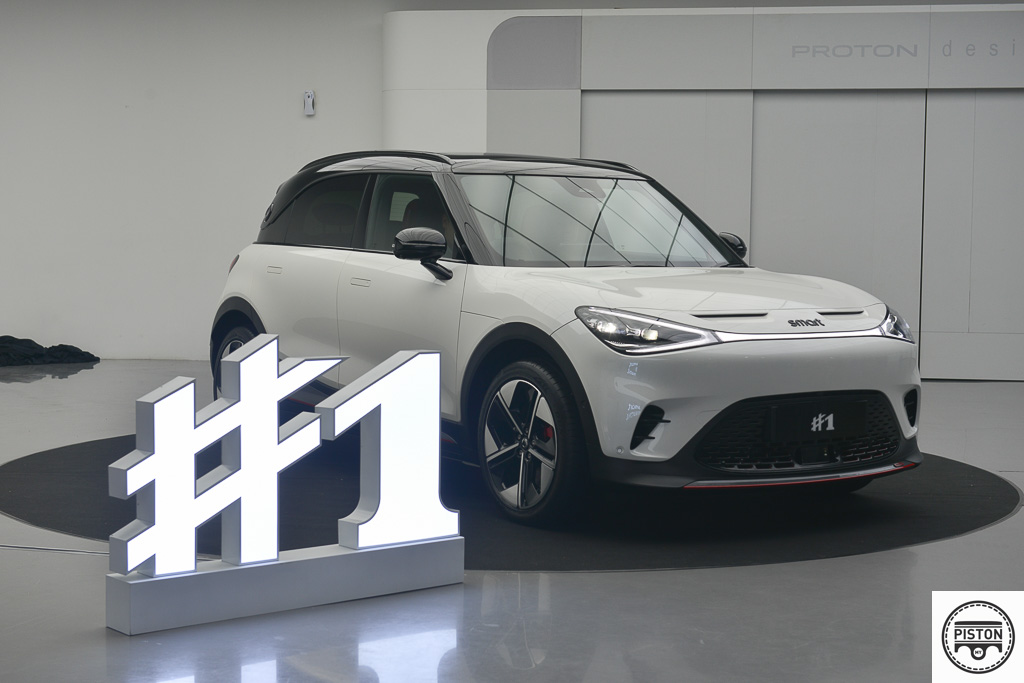
Proton claimed that it already has a cost-effective model, but sadly, using it for the EV project was not practical. It is also important to note that the carmaker is also learning about EVs through its affiliate Pro-Net, which has just teased and will soon introduce the Smart #1 into Malaysia later this year and maybe additional high-end EVs from the Geely Group in the near future.
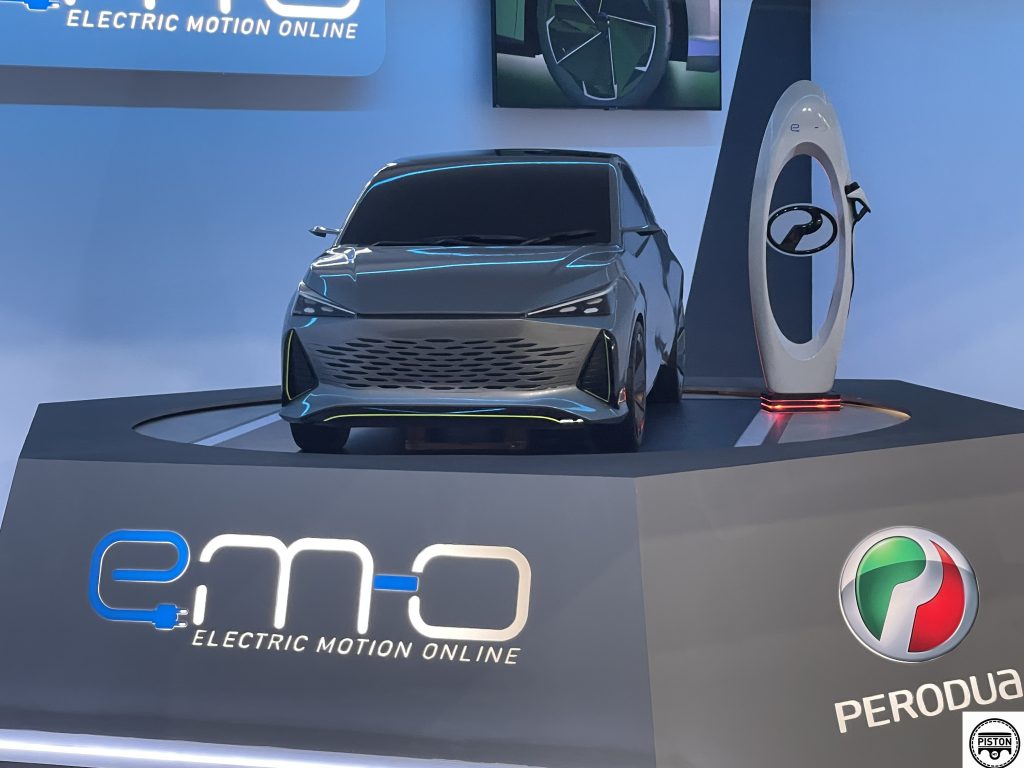
Perodua however, gave us a preview of the Electric Motion Online EV prototype that the business unveiled at the Malaysia Autoshow earlier this year and includes 2035 as one of its goals. The concept was created using clay, and the 1:6 scale model explores an electric future from the perspective of external design.
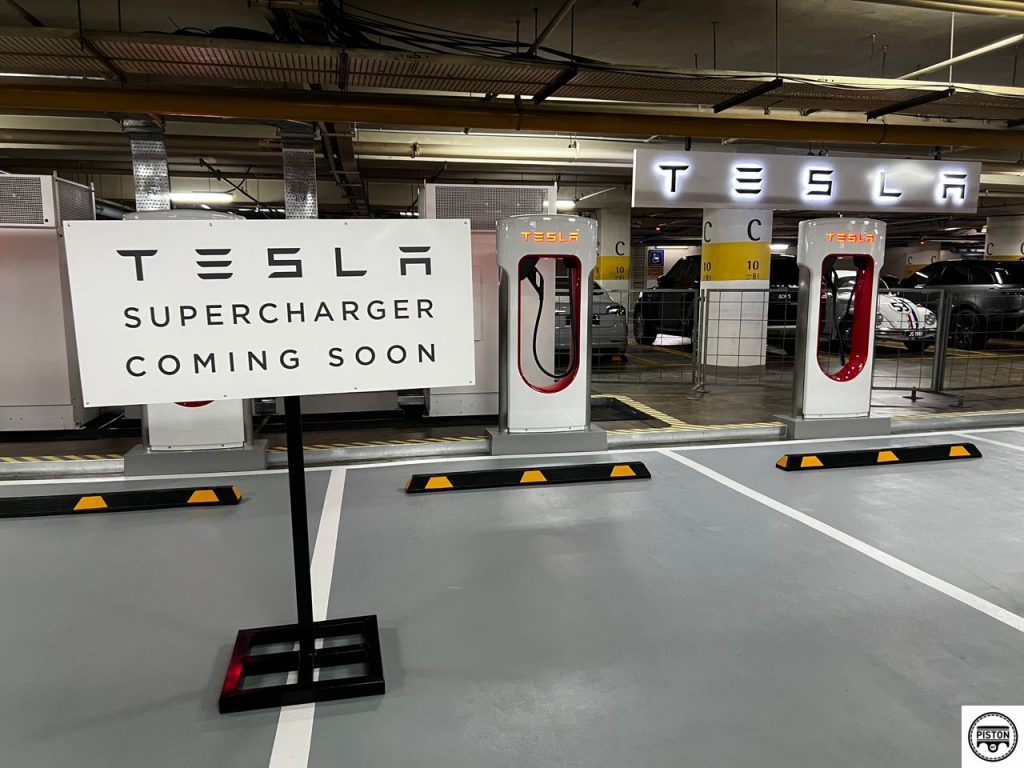
Besides the cost of the cars themselves, the RM 100,000 base pricing policy may have been implemented because Malaysia’s EV charging infrastructure may not have been prepared for a significant rise in EV usage. That’s right, the fact that charging infrastructures are lacking, Malaysia is just not ready to go fully electric yet.
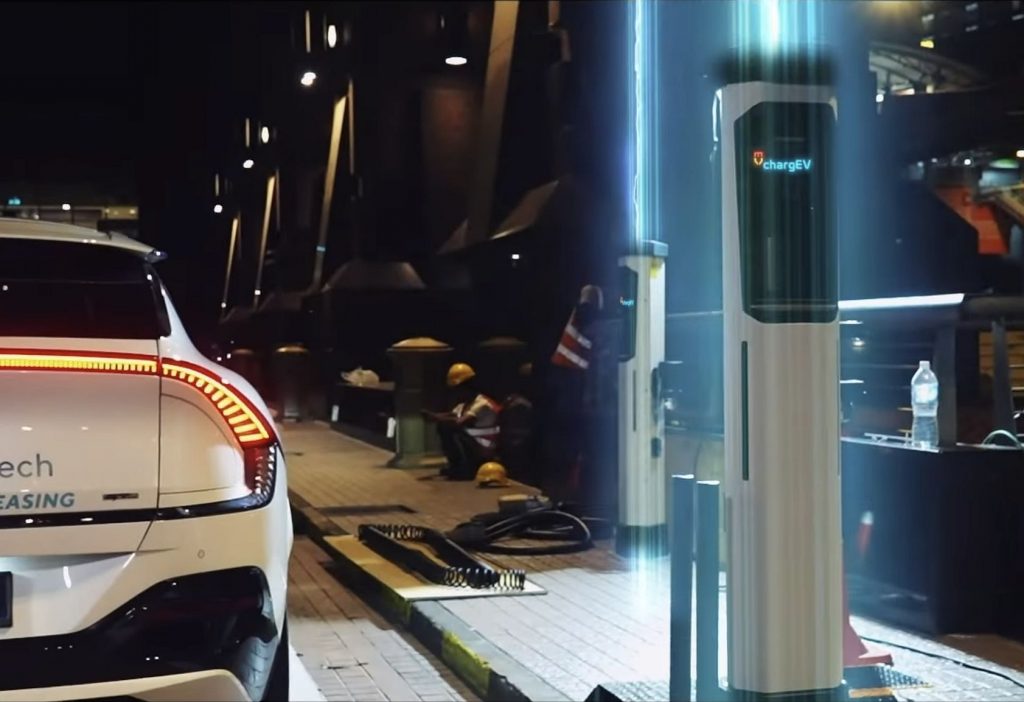
As of June 2023, there are only 1,063 public EV chargers throughout Malaysia, according to data given at the National EV Steering Committee’s first meeting last month. The difference was just 85 charges as compared to the data from late March 2023.
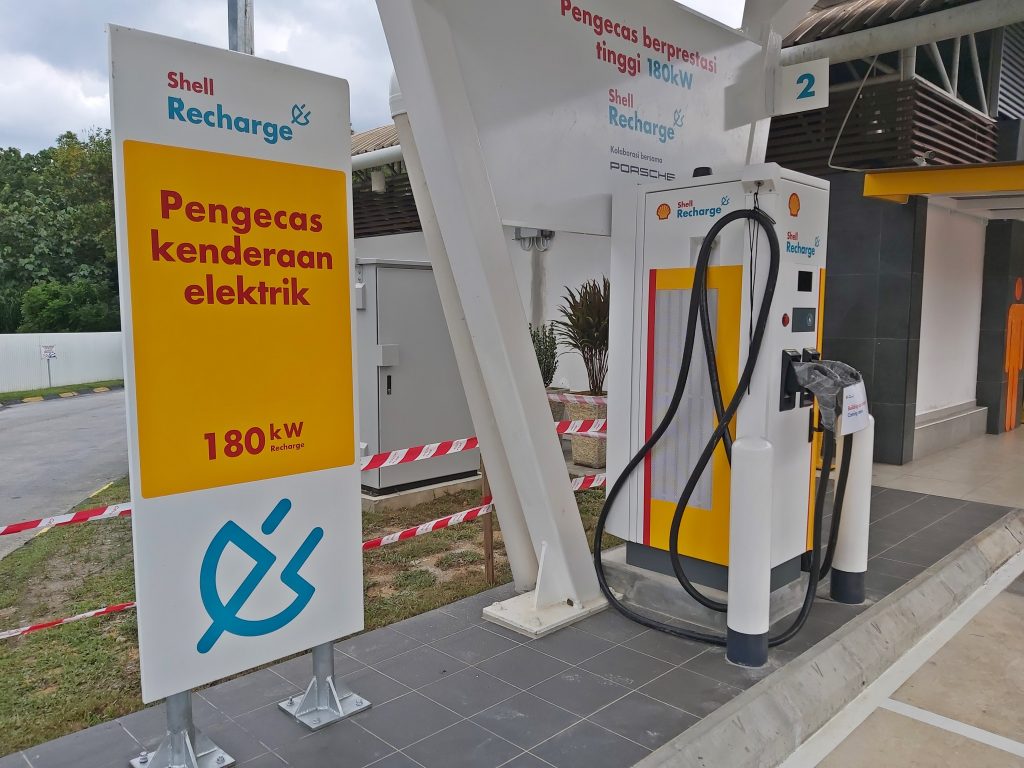
By 2025, the government already has a goal of installing 10,000 public chargers. If it takes three months to produce 85 chargers, do you think Malaysia would ever be able to complete the task in that amount of time?
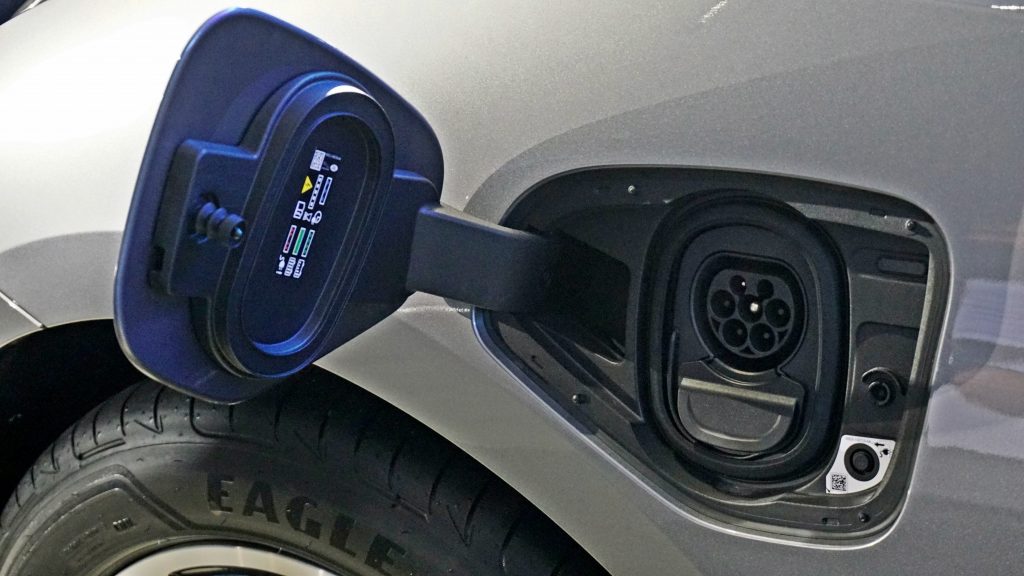
To speed up Malaysia’s drive to reduce its carbon footprint, more people should have access to EVs. But when we consider the two previously mentioned factors, we also comprehend the hesitation to abolish the minimum price ceiling at this moment.
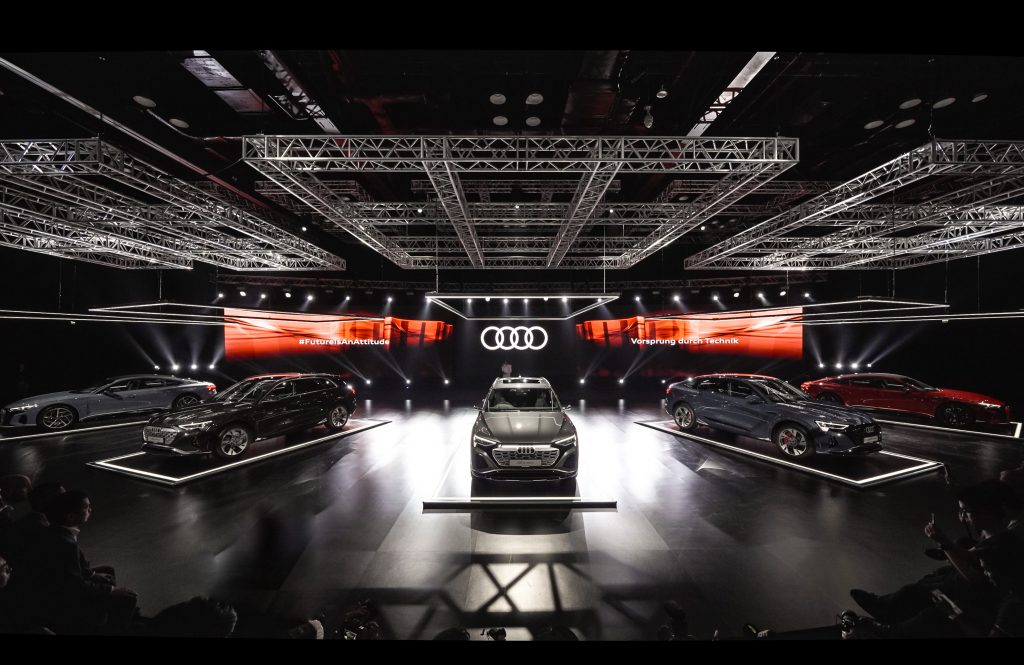
Additionally, the government has not yet decided on its EV strategy for 2026 and beyond. What if by the end of 2025 Proton, Perodua, and the local EV ecosystem are not prepared for market liberalisation? Until then, we “low-income” people will stick to the cheaper internal combustion engine (ICE) options.




